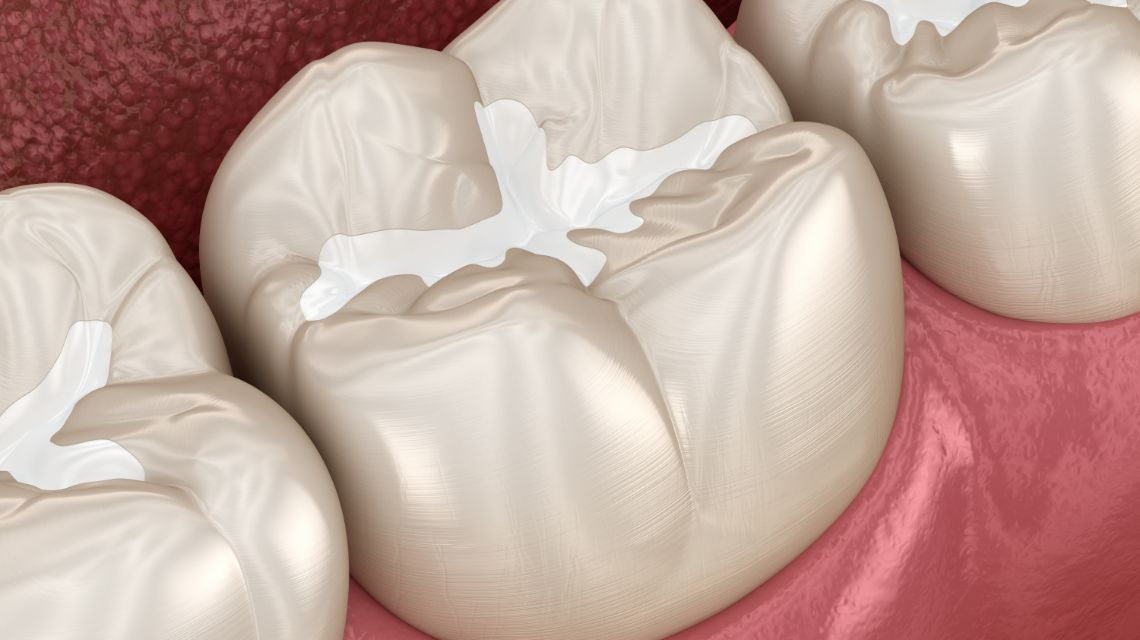
Pit is a pin-point depression, while a fissure is a linear depression present on the occlusal surface of the teeth. These are most commonly affected by caries, thereby infecting the tooth. Pit and fissure sealants help prevent this.
About the Pit and fissure sealants
Pit and fissure sealants bind with the tooth surface and fill the depressions. It prevents the entry of bacteria inside the tooth, thereby preventing caries.
Who qualifies for the Pit and fissure sealants procedure?
Patients with superficial or deep pits and fissures must get this procedure done. You can visit a dental specialist in Trichy to get this done.
Why was the Pit and fissure sealants procedure conducted?
Pit and fissures are depressions on the tooth surface. Due to this, it paves a direct way to the core of the teeth. Such a tooth is highly susceptible to caries.
How is the Pit and fissure sealants procedure conducted?
The occlusal surface of the tooth is analysed to determine the presence of any pit and fissures. Further, it is determined if there are any caries present. If there is, then first, the caries are extracted. Post that, the cavity is prepared. The cavity is then treated with an etching bonded solution and washed. After drying, the pit and fissure is applied.
Different Types of Pit and fissure sealants
There are mainly four types of sealants that can be used by dental doctors in Trichy. This includes-
- GIC or Glass Ionomer Cement
- Resin based sealants
- Resin-modified GIC sealants
- Polyacid-modified resin sealants
Benefits of Pit and fissure sealants
There are three significant benefits of pit and fissure sealants. They are-
- It fills the gap or depression present and acts as a physical barrier. It stops food lodgement and entry of bacteria in the tooth.
- It prevents the occurrence of caries.
- If caries is already present, it restricts its movement and arrests it at that place, thereby preventing further infection.
Risks or Complications of Pit and fissure sealants
Pit and fissure sealants have a high chance of contamination if not done correctly. It can also get dislodged, create discomfort and cause secondary caries.
If they are done in the best hospital in Trichy, pit and fissure sealants can last till five years.
Children between the age of 6 to 14 are highly susceptible to pit and fissure caries. Thus the application of sealants is highly recommended.
No, they are not at all harmful. They are proven to be safe and are ADA and FDA-certified.
Yes. One needs to visit a dental specialist in Trichy and get the procedure done.















































